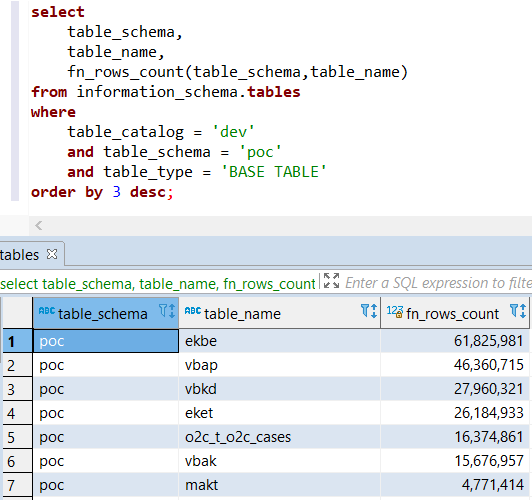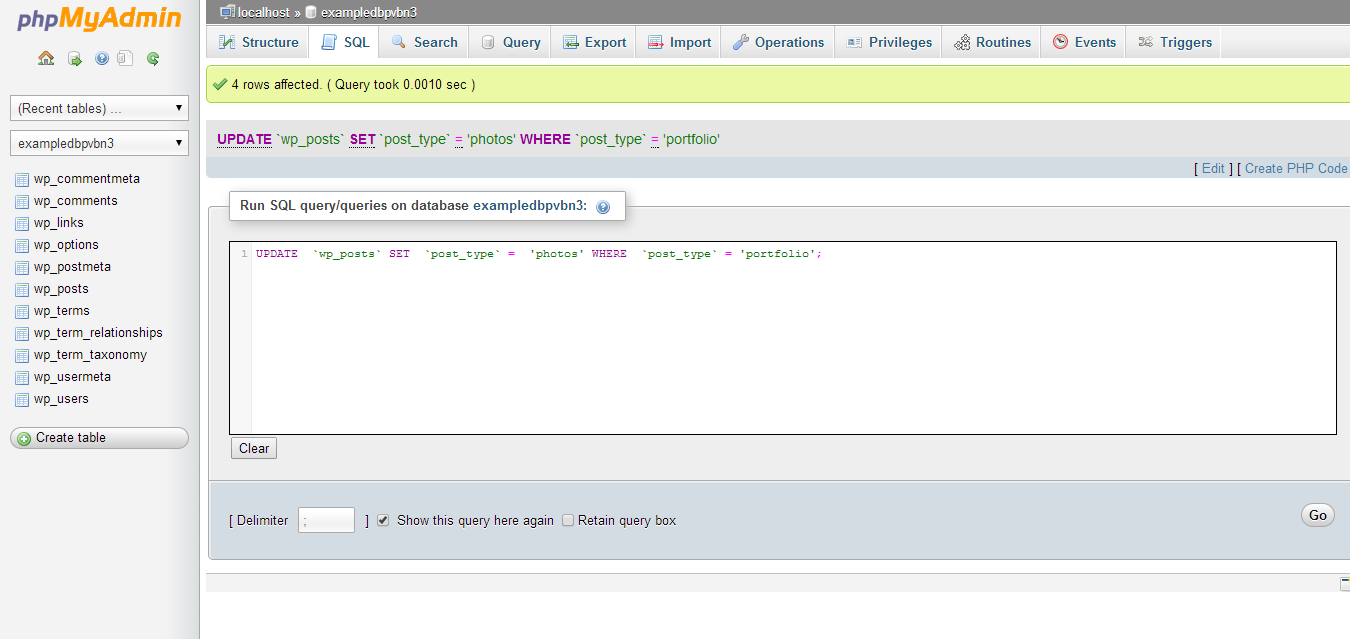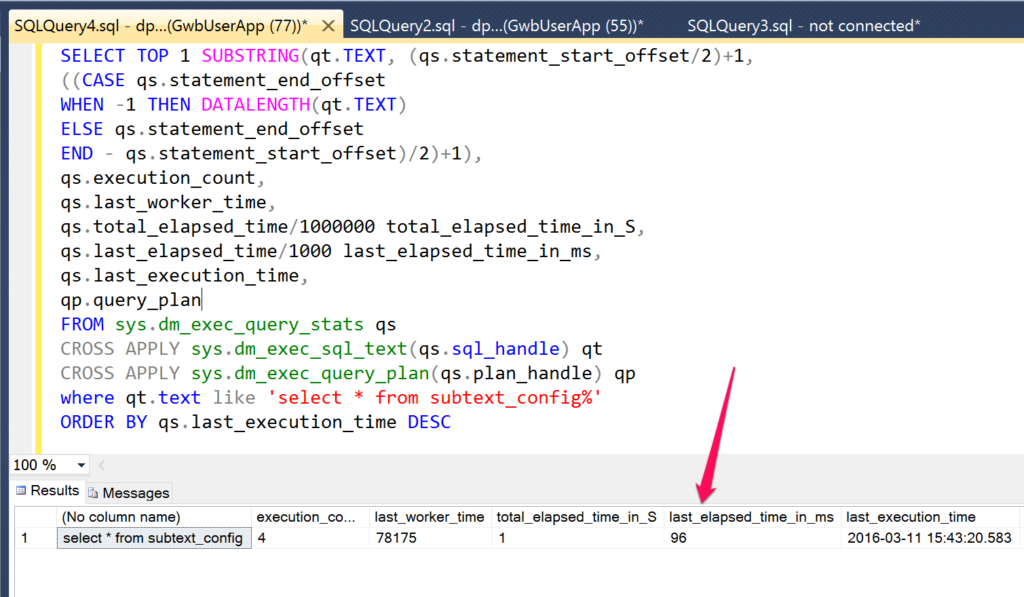
- #Psequel query for mac os#
- #Psequel query mac#
SELECT is where you tell the query what columns you want back. SELECT allows you to read data and display it.

DROP TABLE is a statement that removes a table in a database.CREATE TABLE is a statement that creates a new table in a database.The key to SQL is understanding statements. If the CSV file contains a header line with column names, it is indicated with the HEADER keyword so that PostgreSQL ignores the first line when importing the data from the CSV file. The CSV DELIMITER must also be specified. The CSV file path is specified after the FROM keyword. The columns must be ordered in the same fashion as in the CSV file. To import a CSV file into the country_list_csv table, you use COPY statement as follows: COPY country_list_csv(id,name) FROM 'C:\.csv' DELIMITER ',' CSV HEADER Īs you can see in the commands above, the table with column names is specified after the COPY command. It is likely that the data of interest is stored in CSV files.

In practice, populating the tables in the database manually is not feasible. It has a minimalist and easy to use interface that I really enjoy to easily perform PostgreSQL tasks. The PostgreSQL GUI client we’ll use in this tutorial is PSequel.
#Psequel query mac#
You now have a PostgreSQL server running on your Mac with default settings: Host: localhost, Port: 5432, Connection URL: posgresql://localhost
An optional step is to configure a $PATH to be able to use the command line tools delivered with Postgres.app by executing the following command in Terminal and then close & reopen the window: sudo mkdir -p /etc/paths.d & echo /Applications/Postgres.app/Contents/Versions/latest/bin | sudo tee /etc/paths.d/postgresapp. Click “Initialize” to create a new server. After installing PostgresApp, you can setup your first database by following the instructions below: #Psequel query for mac os#
I’ll be focusing on Postgres.App for Mac OS in the rest of the tutorial. In real-case scenarios, the client and the server will often be on different hosts and they would communicate over a TCP/IP network connection.
 User Client App: often involves SQL command entries, a friendly graphical interface, and some database maintenance tool. Server process: manages database files, accepts connections to the database from client applications, and performs database actions on behalf of the clients. (Big) Data Scienceīefore we go into PostgreSQL, I suspect many of you have the same question: why should I care about SQL?Īlthough database management may seem like a boring topic for aspiring data scientists - implementing a dog breed classifier is very rewarding I know! - it is a necessary skill once you join the industry and the data supports this: SQL remains the most common and in-demand skill listed in LinkedIn job postings for data science jobs. However, as I reviewed the various courses myself, I noticed that a lot of focus is put on exciting and flashy topics like Machine Learning and Deep Learning without covering the basics of what is needed to gather and store datasets needed for such analysis. There is now a plethora of online courses to gain the skills needed for a data scientist to be good at their job (excellent reviews of online resources here and here). As the demand for Data Scientists continues to increase, and is being dubbed the the “sexiest job job of the 21st century” by various outlets (including Harvard Business Review), questions have been asked of what skills should aspiring data scientists master on their way to their first data analyst job.
User Client App: often involves SQL command entries, a friendly graphical interface, and some database maintenance tool. Server process: manages database files, accepts connections to the database from client applications, and performs database actions on behalf of the clients. (Big) Data Scienceīefore we go into PostgreSQL, I suspect many of you have the same question: why should I care about SQL?Īlthough database management may seem like a boring topic for aspiring data scientists - implementing a dog breed classifier is very rewarding I know! - it is a necessary skill once you join the industry and the data supports this: SQL remains the most common and in-demand skill listed in LinkedIn job postings for data science jobs. However, as I reviewed the various courses myself, I noticed that a lot of focus is put on exciting and flashy topics like Machine Learning and Deep Learning without covering the basics of what is needed to gather and store datasets needed for such analysis. There is now a plethora of online courses to gain the skills needed for a data scientist to be good at their job (excellent reviews of online resources here and here). As the demand for Data Scientists continues to increase, and is being dubbed the the “sexiest job job of the 21st century” by various outlets (including Harvard Business Review), questions have been asked of what skills should aspiring data scientists master on their way to their first data analyst job.







 0 kommentar(er)
0 kommentar(er)
